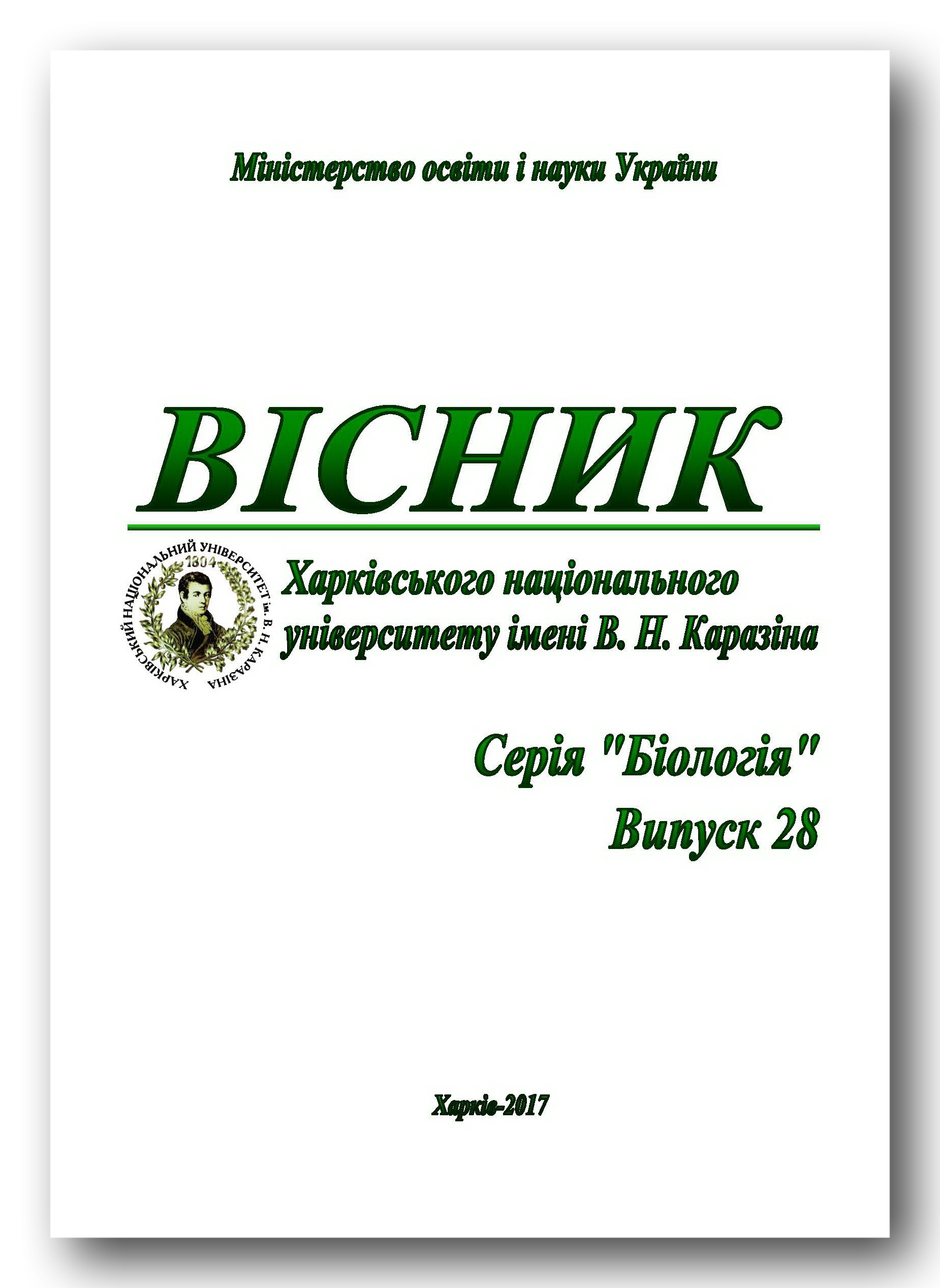Common Crane (Grus grus) in the Izyum Luka: longstanding dynamics of population as a response to changes in the habitat
Abstract
The research was held in 1989–2015 years in the Izyum Luka in Kharkiv region (16 seasons, 695 days, 179 nests). The number of breeding Common Crane reduced from 35 to 10–15 pairs, and in Kharkiv region from 80–90 to 30–35 territorial pairs. During the research the average annual air temperature rose and the amount of precipitation in the form of rain and snow in February and March decreased. During the last decade there aren’t any spring floods. The volume of annual runoff of the Severskyi Donets is reducing. Many crane nesting sites became unusable. Anthropogenic impacts: forestry activities, hunting grounds, human-caused fires. Negative consequences for the crane: landscape transformation, disturbance and disruption of the hydrological balance. A direct predation by wild boar and raccoon dogs was also noted. Anxiety on the part of beavers increased. These are limiting factors for successful breeding of cranes. Protection regime of the regional landscape park "Izyum Luka" is not complied. There is a conflict of interest when the forestry company having two hunting grounds is the managing organization of the park. Improvement of the situation with Common Crane nesting in Kharkiv region at an early date is unlikely.
Downloads
Authors retain copyright of their work and grant the journal the right of its first publication under the terms of the Creative Commons Attribution License 4.0 International (CC BY 4.0), that allows others to share the work with an acknowledgement of the work's authorship.




